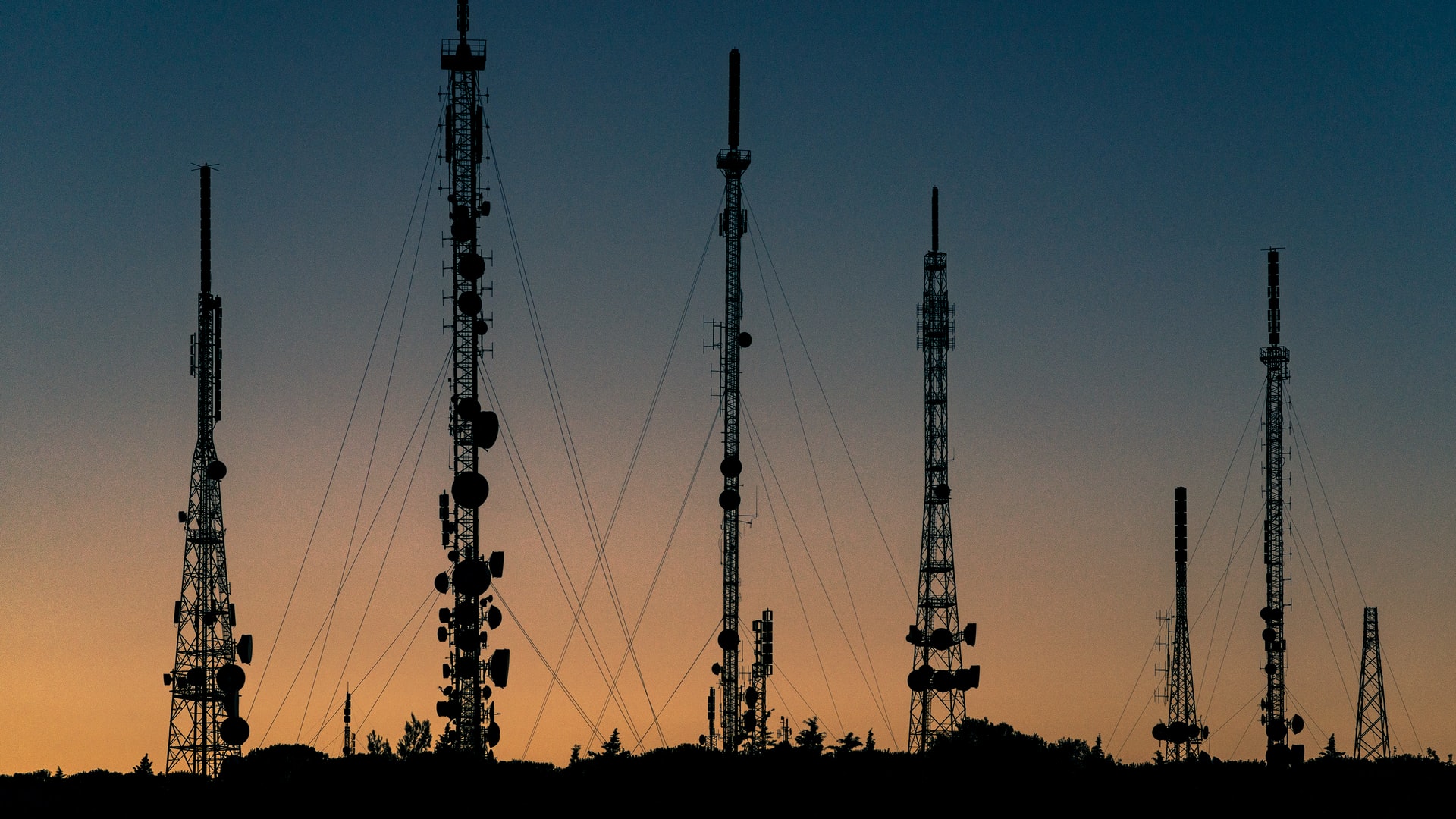Interesting Facts About Telecommunication You Should Know

Interesting facts about telecommunication, the most useful invention of all time. Telecommunication is communication over a distance by cable, telegraph, telephone, or broadcasting. It made possible to transmit all type of information easily over the longer distance.
Interesting Facts About Telecommunication
- World Telecommunication Day has been celebrated annually on 17 May since 1969, marking the founding of ITU and the signing of the First International Telegraph Convention in 1865.
- Telecommunication eases the transmission of information using different technologies, such as wire, radio, optical, or other electromagnetic systems.
- The wireless communication revolution started in the first decade of the 20th century with the innovation and developments in radio communications.
- Guglielmo Marconi is often credited for performing pioneering work on long-distance radio transmission. He was an Italian Inventor and an Electrical Engineer.
- The first practical radio transmitters and receivers developed by Italian Guglielmo Marconi.
- Before the revolution of telecommunication, long-distance communication tools were drumbeats, lung-blown horns, loud whistles, Messenger pigeons (Homing pigeons), etc.
- Recent long-distance telecommunication technologies include telegraph, telephone, television and teleprinter, networks, radio, microwave transmission, optical fiber, and communications satellites.
- Email (E-mail) was invented by Ray Tomlinson in 1971. He was a pioneering American computer programmer who implemented the first email program on the ARPANET system, the precursor to the Internet, in 1971; It was the first system able to send mail between users on different hosts connected to ARPANET.
- The fax was invented by Alexander Baine in 1843. The first recognizable version of what we consider the telephone fax was invented in 1964 by the Xerox company, but the technology that led to that advancement was created by Alexander Baine in 1843. He invented the electric printing telegraph.
- Fax is the telephonic transmission of scanned printed material. It happens with a telephone number connected to a printer or other output device. Fax is short for facsimile. Also, called telecopying or telefax, telefacsimile, etc.
- Fax can transmit both text and images. The document to send is scanned with a fax machine or a telecopier. It processes the contents as a single fixed graphic image and converts them into a bitmap. Then, the converted image is transmitted through the telephone system in the form of audio-frequency tones.
- Radio waves were first identified and studied by German physicist Heinrich Hertz in 1886. Radio waves are radiated by electric charges undergoing acceleration.
- The emission of radio waves is regulated by law coordinated by an international body called the International Telecommunications Union (ITU). The ITU allocates frequency bands in the radio spectrum for different uses.
- A communications satellite relays and amplifies radio telecommunication signals via a transponder. It creates a communication channel between a source transmitter and a receiver at varying locations on Earth. Communication satellites have applications in television, telephone, radio, internet, military, technology, and much more.
- As of 1 August 2020, Out of 2,787 artificial satellites in Earth’s orbit, about 1,364 are communications satellites used for private and government use.
- Arthur C. Clarke, along with Mikhail Tikhonravov and Sergey Korolev proposed the idea of the geostationary communications satellites, based on work by Konstantin Tsiolkovsky.
- Sputnik 1 was the first artificial Earth satellite. It was launched into an elliptical low Earth orbit by the USSR on 4 October 1957 as part of the Soviet space program.
- The Space Age is a period encompassing the activities related to the Space Race, space exploration, space technology, and the cultural developments influenced by these events.
- The Space Age is generally considered to have begun with Sputnik 1 in 1957, continuing to the present day.
- Communications satellites are available in passive and active types.
- Passive satellites only reflect the signal coming from the source, toward the direction of the receiver.
- Active satellites, on the other hand, amplify the received signal before re-transmitting it to the receiver on the ground.
Resources to learn more about Telecommunication
- The Worldwide History of Telecommunications
- When was the Fax Machine Invented?
- Military Satellite Communications Fundamentals | The Aerospace Corporation
- Beyond The Ionosphere: Fifty Years of Satellite Communication
- Communications Satellites: Project SCORE
- The United States Aeronautics and Space Activities – 1st Annual Report to Congress
- The United States Aeronautics and Space Activities 1960
- Courier IB
- Accelerating Digital Transformation in challenging times
- Facts by Factober





